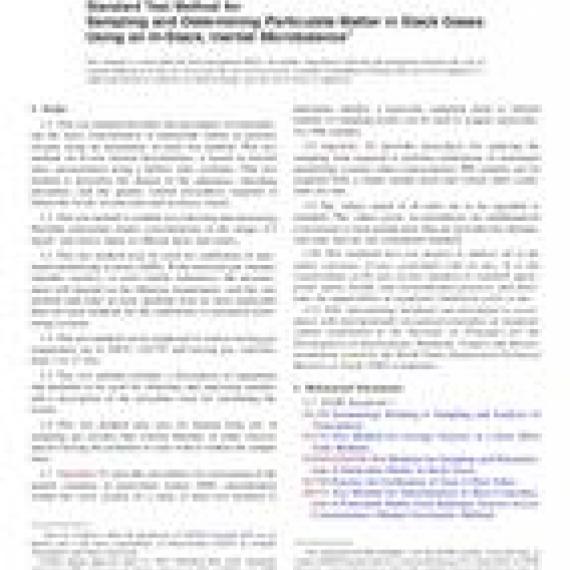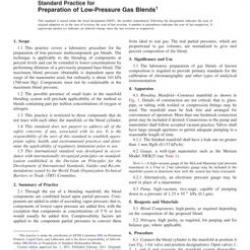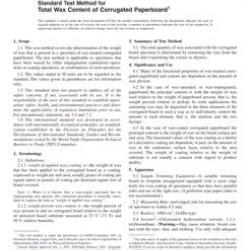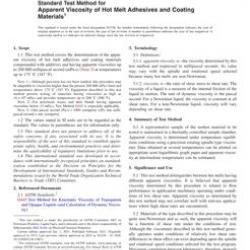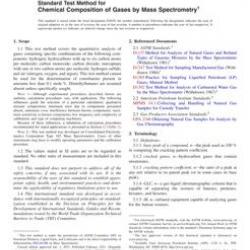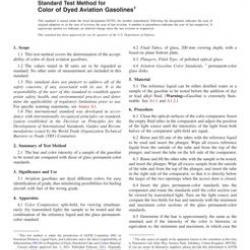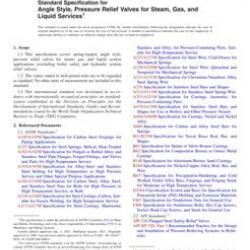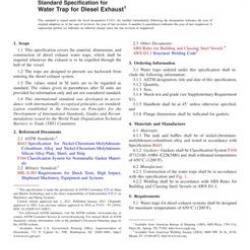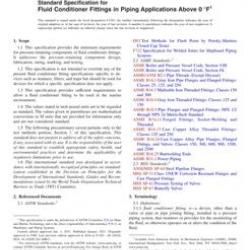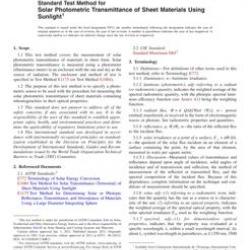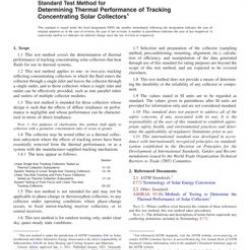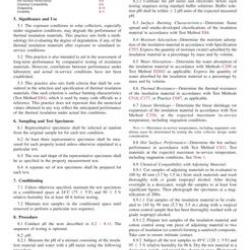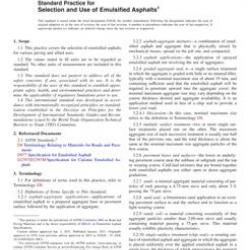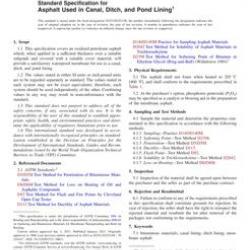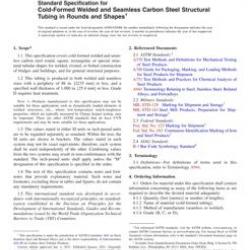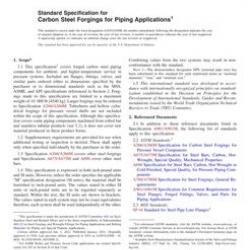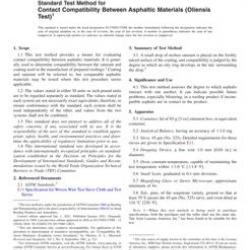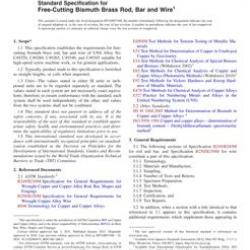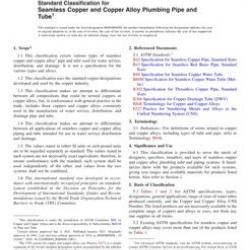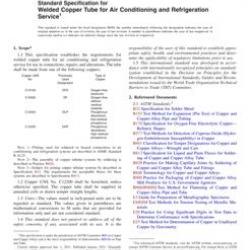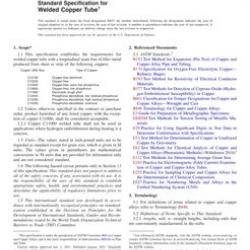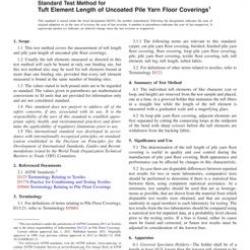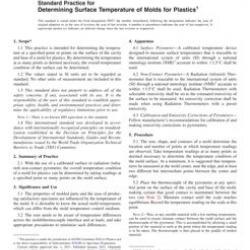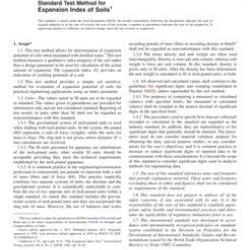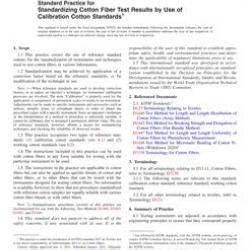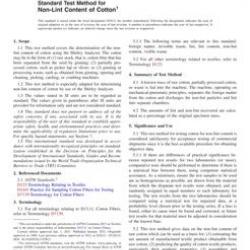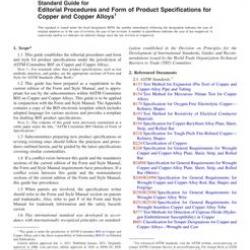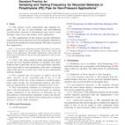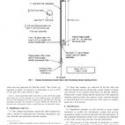No products
ASTM D6831-11(2018)
ASTM D6831-11(2018) Standard Test Method for Sampling and Determining Particulate Matter in Stack Gases Using an In-Stack, Inertial Microbalance
standard by ASTM International, 04/15/2018
Full Description
1.1This test method describes the procedures for determining the mass concentration of particulate matter in gaseous streams using an automated, in-stack test method. This test method, an in-situ, inertial microbalance, is based on inertial mass measurement using a hollow tube oscillator. This test method is describes the design of the apparatus, operating procedure, and the quality control procedures required to obtain the levels of precision and accuracy stated.
1.2This test method is suitable for collecting and measuring filterable particulate matter concentrations in the ranges 0.2 mg/m and above taken in effluent ducts and stacks.
1.3This test method may be used for calibration of automated monitoring systems (AMS). If the emission gas contains unstable, reactive, or semi-volatile substances, the measurement will depend on the filtration temperature, and this test method (and other in-stack methods) may be more applicable than out-stack methods for the calibration of automated monitoring systems.
1.4This test method can be employed in sources having gas temperature up to 200C (392F) and having gas velocities from 3 to 27 m/s.
1.5This test method includes a description of equipment and methods to be used for obtaining and analyzing samples and a description of the procedure used for calculating the results.
1.6This test method may also be limited from use in sampling gas streams that contain fluoride, or other reactive species having the potential to react with or within the sample train.
1.7Appendix X1 provides procedures for assessment of the spatial variation in particulate matter (PM) concentration within the cross section of a stack or duct test location to determine whether a particular sampling point or limited number of sampling points can be used to acquire representative PM samples.
1.8Appendix X2 provides procedures for reducing the sampling time required to perform calibrations of automated monitoring systems where representative PM samples can be acquired from a single sample point and certain other conditions are met.
1.9The values stated in SI units are to be regarded as standard. The values given in parentheses are mathematical conversions to inch-pound units that are provided for information only and are not considered standard.
1.10This standard does not purport to address all of the safety concerns, if any, associated with its use. It is the responsibility of the user of this standard to establish appropriate safety, health, and environmental practices and determine the applicability of regulatory limitations prior to use.
1.11This international standard was developed in accordance with internationally recognized principles on standardization established in the Decision on Principles for the Development of International Standards, Guides and Recommendations issued by the World Trade Organization Technical Barriers to Trade (TBT) Committee.

